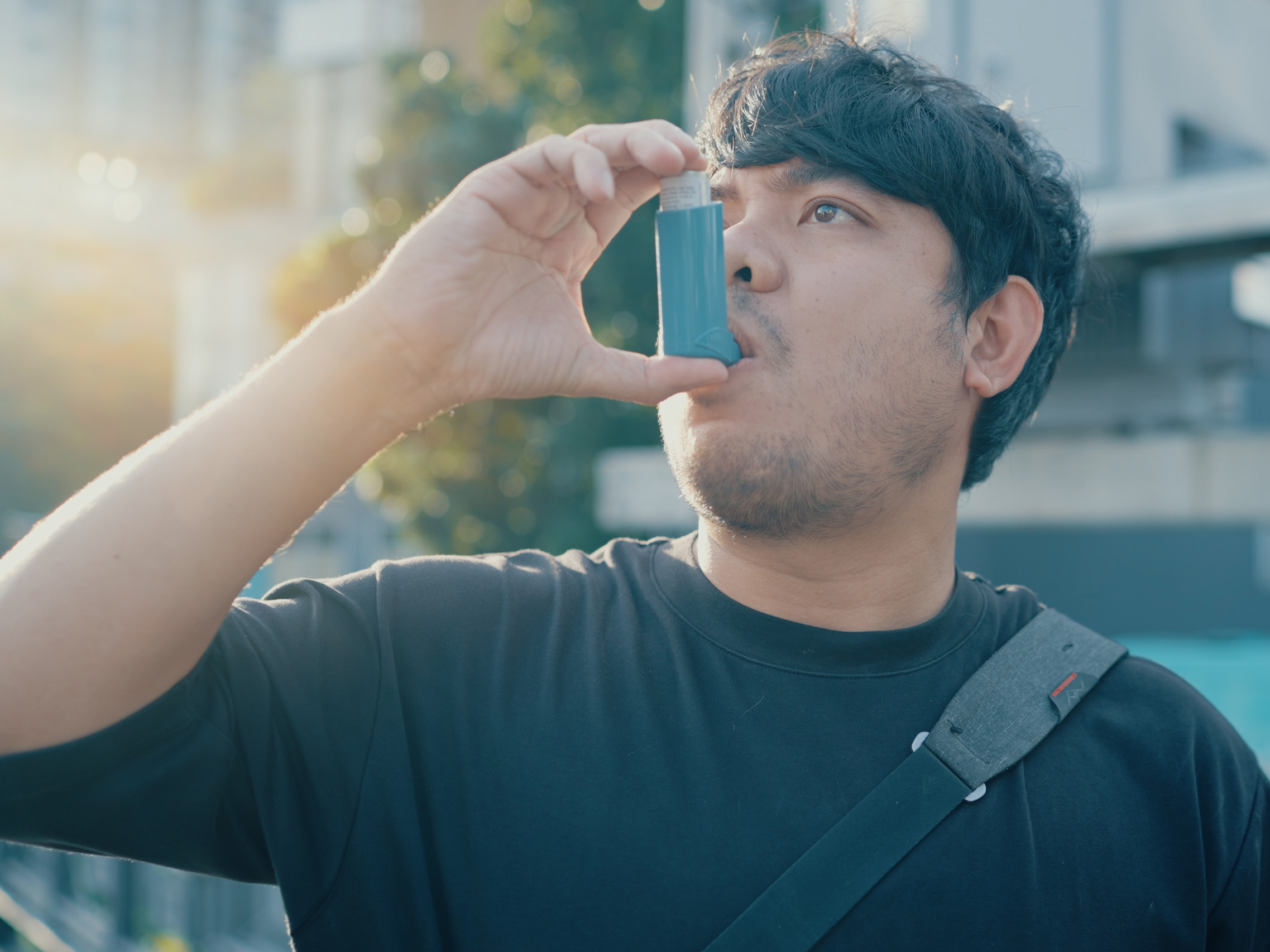AI in weather forecasting, prediction and communication
Continue readingFrom back-to-school to professional sports, health and wellness are dominating the conversation across topics. Indeed, McKinsey & Company reports substantial increases in prioritization of wellness in recent years.1 Naturally, marketers are searching for ways to lean into the trend.
But with an abundance of sensitivities and privacy concerns around health and wellness data, how can marketers deliver relevant messages to consumers while respecting boundaries?
What is healthcare marketing?
Before we dive into obstacles and opportunities around health marketing, let’s define it. According to the CDC, Health Marketing involves creating, communicating, and delivering health information and interventions using customer-centered and science-based strategies to protect and promote the health of diverse populations.
How to create a healthcare marketing strategy
A healthcare marketing strategy needs to first look at the overall business goals. For many organizations, these are related to sales and customer retention. Marketing teams then must develop KPIs that align with these overarching ones to help their organizations achieve their overarching objectives. Marketing goals can include lead generation goals, KPIs tied to engagement, or brand awareness metrics.
Once the goals for the strategy have been developed, marketers must decide on the tactics needed to achieve these goals. For many marketers, this will involve a number of strategies, such as conversational marketing, email campaigns, and programmatic advertising campaigns.
5 obstacles in healthcare marketing
We sat down with Advertising Week and other health marketers to discuss the challenges and opportunities in the industry today. While several key themes emerged as commonly shared obstacles in health marketing, we believe AI holds the key to success:
1. Consumers don’t want to be constantly reminded of their conditions
When dealing with health issues, the last thing people want is to be constantly inundated with messages reminding them about that condition.
But targeted messages are crucial to good marketing. Without relevant and personalized activations, brands have to resort to blanketing the crowd with ineffective mass messages.
2. Innovation requires time, resources and leadership
Taking an innovative approach is easier said than done. Brands need time, resources and leadership that understand the true long-term value of innovation.
Often, leaders have an unrealistic expectation of proving ROI immediately following new innovative tactics. This is rarely feasible in the short-term and puts a damper on the long-term potential.
3. Optimizing first-party data can be difficult
Healthcare data is plentiful but it’s a challenge to use it in a marketable way, especially given the industry’s high prioritization of privacy.
Further complicating matters is that most data resides in silos at different companies, making it nearly impossible to cross-analyze this information to gain effective insights.
But despite these industry headwinds, there are still abundant opportunities for success.
4. Building trust
Healthcare consumers are more acute than ever. It takes more to earn their trust. The combination of high costs, as well as confusing policies, regulatory requirements, and demand for more personalized service, makes healthcare marketing challenging. Trust, however, can help organizations overcome these obstacles and is a core element to health marketing.
5. Making the connection
How do you find the people you want to target? You may know the demographic you want to reach. You might even have relevant data that you need to target them. Understanding the importance of consumer behavior and predicting where your audience goes to learn about different brands can be challenging in the broad audience of healthcare.
Healthcare marketing strategies to incorporate
But despite these industry headwinds, there are still abundant opportunities for success in the healthcare industry.
Personalization, on the consumers’ terms
Conversational marketing solutions can help brands deliver personalized ad experiences without feeling invasive. Powered by AI, these technologies engage users in dialogue-driven, consumer-initiated experiences at an individual level, enabling companies to listen to and learn about their consumers in new ways while better serving the user.
Conversational marketing helps marketers to realize many potential benefits, including:
- Showcasing brand empathy and voice
- Deepening consumer engagement, confidence and loyalty
- Quantifying message impact based on consumer feedback
- Evaluating messaging resonance
- Improving user satisfaction
The Conversations technology uses natural language processing to deliver 1:1 engagements that can help create real value for consumers across digital ads or on your website. For example, a cleaning supply brand deployed this solution to reach and engage people with educational resources to meet pandemic-related needs during a period of supply-chain issues, heightened anxiety and coronavirus fatigue.
In less than four months, the brand increased average time spent across the media campaign by 170% versus Google Rich Media benchmarks. Notably, 53% of consumers who started a conversation on the brand’s website signed up for their newsletter.
Data solutions designed for privacy
AI can also help advertisers better engage their audience by using widely-available, privacy-friendly data inputs—such as weather—to predict when consumers will make certain decisions, where they will go to get information and what their mindset will be during those times.
Some 84% of health-minded consumers use weather information to actively manage at least one medical condition; this represents a 7% increase from 2019.2
With this level of understanding, you may choose to advertise one product over another—or perhaps not at all—based on how current weather might impact a consumer’s receptiveness to the message.
For example, an asthma sufferer may use the forecast to determine if they will be comfortable outside. Those suffering from eczema may look a few days out to see if conditions like dry air will exacerbate symptoms, and if so, head to the pharmacy to proactively refill a prescription.
It’s not just the weather you need to understand, but how and when that forecast might drive consumer action. That’s why Weather Targeting uses AI to aggregate and analyze increasingly large and complex data sets to facilitate more effective and efficient targeting opportunities. The solution combines weather forecasts with complex data sets like product sales and anonymized health conditions to create triggers based on the mix of circumstances that are anticipated to drive consumers to take the desired action.
Once a trigger is created, AI optimizes and controls the output in near-real time based on the relativity of weather—that is, what conditions feel like—so that weather-based ads are only served when and where those conditions are present. This helps your advertising feel more relevant and resonate with your consumers without the need for cookies or identifiers.
Predictive targeting can help advertisers target the right audiences
Predictive targeting uses AI and machine learning networks to determine the likelihood of a user taking a specific action. Behavior patterns and historical data are combined to gain a deep understanding of a user, allowing advertisers to target the right people without wasting media budget.
Final thoughts
Are you ready to discover how AI can help you deliver more effective digital campaigns while minimizing wasted ad spend? Contact us today.
Let’s talk
What’s your weather strategy? To learn more about increasing campaign efficiencies and personalizing messages at the most relevant moments, contact our advertising experts today.
Contact us1 Feeling good: The future of the USD 1.5 trillion wellness market, Shaun Callaghan, Martin Lösch, Anna Pione, and Warren Teichner, McKinsey & Company.
2 Internal research by The Weather Company.







